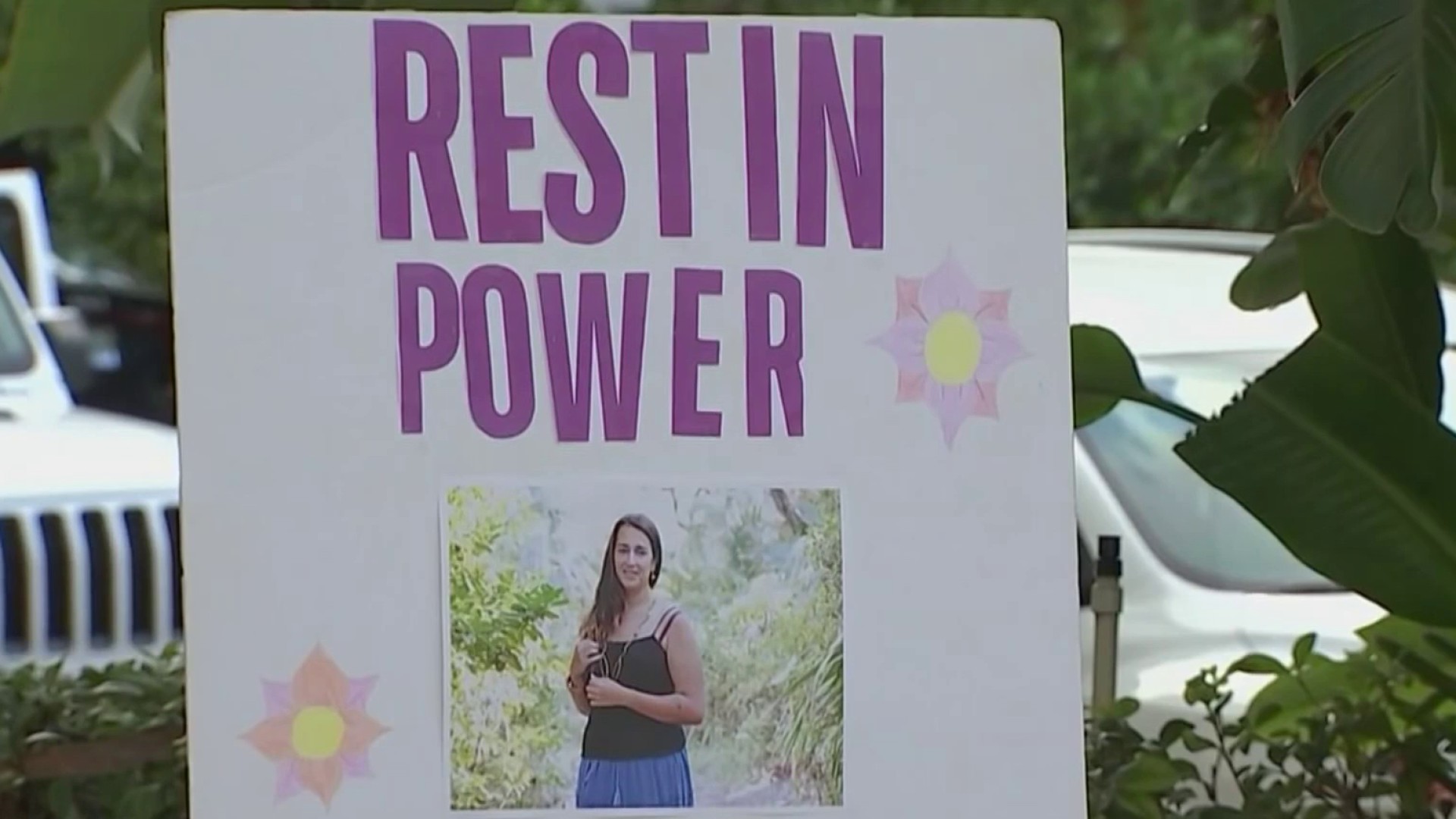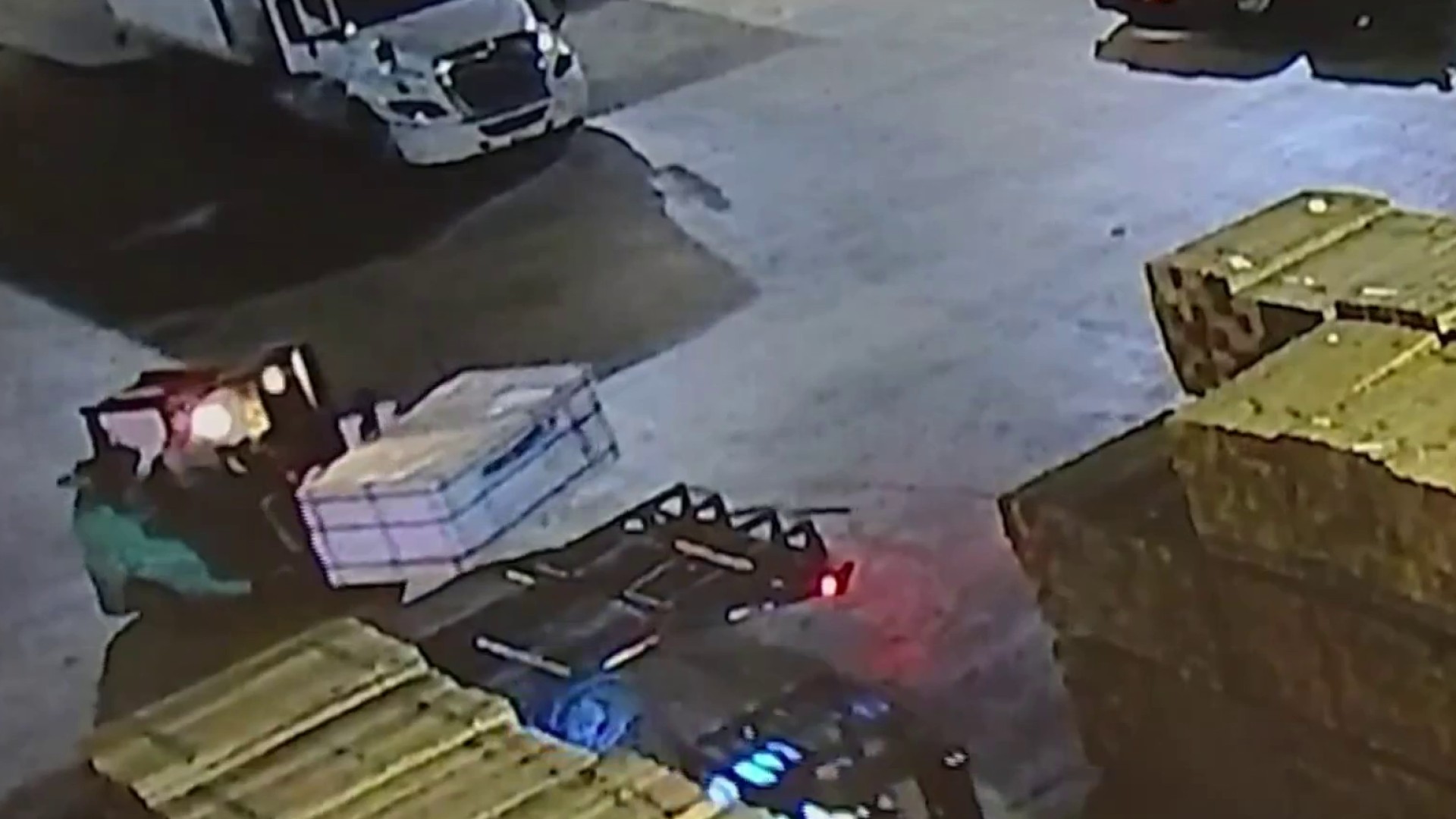In 1959, Bruce Blount was digging a canal along the Everglades' edge on land he'd inherited from his father when his equipment, legend isn't clear whether it was a bulldozer or dredging machine, sounded a loud "whack."
He'd hit a wooden crypt.
Blount peered past splintered wood into the darkness. He saw bodies.
The Pompano city commissioner and farmer had just stumbled upon the largest known number of prehistoric graves in Broward County.
It was filled with skeletal remains that archaeologists later said was a ceremonial center where Tequesta Indians lived, conducted religious rituals and buried their dead. One man was interred with his canoe paddle.
The site is called the Margate-Blount archaeological dig, named in honor of Blount, who later became Parkland's first mayor, and Margate Village, which had jurisdiction over the land. Its exact location has remained unmarked, a nondescript tract of grass flanked by Parkland's pricey homes, deliberately hidden from the public for 56 years for fear of tomb raiders.
"We don't want treasure hunters out there with shovels," said Jeff Schwartz, president of the Parkland Historical Society.
Local
Over the years the site has been excavated by archaeologists three times: in 1961, in the `80s and again in 2002. Artifacts found there have been scattered to museums throughout South Florida, many to Broward College.
But now local historians are calling home the artifacts: beads, arrowheads of animal bone, turtle-shell jewelry, tools made of conch shells. They want to repatriate them for permanent display in a new museum dedicated to the Tequesta. The city, the Parkland Friends of the Library, and the Parkland Historical Society are joining together to establish the museum in a double-wide trailer on the 5-acre site west of Pine Island Road where the Tequesta once lived and played.
That area is rich with artifacts and I think the residents are going to be amazed at some of the stories and learning experience they'll be able to see," Mayor Michael Udine said. "It's an amazing story and I'm excited about it."
The Tequesta lived in the area as long as 3,000 years ago, once numbering between 5,000 to 10,000 in South Florida. Nearby digs attested to the Tequesta's antiquity, with fragments of turtle fossils at least 20,000 years old, an elephant tooth and shards of pottery.
But the entire people are now extinct, victims of disease and enslavement by outsiders.
Over the years, researchers unraveled their unique culture.
They worshipped the sun, as indicated by how they buried their dead, with heads pointed toward the sunrise. They played a field game with sticks, and rubbed a mix of fish scales and other ingredients on their skin to deter bugs. They rarely lost their teeth.
Men wore loincloths of palmetto, women skirts of Spanish moss. The tribe sacrificed animals in religious ceremonies, evidenced by the numerous intact skeletons of snakes, turtles, dogs, raccoon and an alligator at the Parkland site.
"They were well adapted to the Everglades environment," said Bob Carr, director of the Archaeological and Historical Conservancy in Davie. "They sustained themselves with fishing, harvesting sea life, and hunting." But they avoided eating wolves, panthers and some birds.
Their Parkland home was surrounded by swamp. "It was an island that rose out of the Everglades," Carr said. "Everything they did was by canoe."
They last roamed the Parkland swath in the mid-1700s.
Many fell to the Spaniards in 1513, but the two sides became allies, Carr said. The Spanish aimed to convert the Indians to Catholicism, and exploit mutual trading: The Indians got Spanish beads in exchange for bird feathers and live birds that became pets in Cuba.
But the English, who had colonies in Georgia, North Carolina and South Carolina, sent their own Indian allies to raid the Tequesta, and sell them into slavery on indigo and rice plantations to their colonies stateside. "They needed the labor for the plantations," Carr said.
To save the Tequesta, the Spanish petitioned the governor of Cuba in the 1700s to dispatch ships to rescue several thousand of the Indians. Many were turned into servants. Others died from disease.
"It was like the current Syrian refugees going to Europe," Carr said. "They were annihilated by this change. It was disastrous lifestyle change because they could not adapt very easily or very well."
"The de facto disintegration was complete."
Preserving the past
Other cities have uncovered Tequesta settlements. Fort Lauderdale turned its site into a park with a statue. An Indian mound in Weston was discovered by the city's developer, and in 2014 the city commemorated it as Peace Mound Park, with a pedestrian walkway and bronze plaques.
A Pompano Beach site, a prehistoric sand burial mound used by Tequestas as far back as 500 A.D., was added to the National Register of Historic Places in 2014. It had been a park since 1926.
But Parkland's site has been a secret even to those who live nearby.
Now Tequesta history will be resurrected in what will become the first museum dedicated to their history in Northwest Broward.
"It's a long time coming," historian Schwartz said. "We want people to learn about the people who walked here before we did."
The Historical Society is compiling videos, artifacts and presentation boards to be displayed in late November at the city's library. The city plans to donate the double-wide trailer to house the permanent museum.
The historical society also visualizes a raised boardwalk, and is seeking sponsors for the estimated $117,000 price tag. They also hope to construct a chickee hut and an artificial archaeological dig where students can learn how to grid, dig, sift, clean and map "found" treasures.
While Mayor Udine doesn't expect the site to become a tourist attraction, "I doubt you'll see tour buses coming into Parkland," he said it would become a draw for school children.
The Historical Society is starting the process of asking several museums in Broward, Palm Beach and Miami-Dade counties to return the prized artifacts the site has yielded over the decades.
That might be difficult. "I honestly don't know," said Maria Estorino Dooling, vice president of Museum Collections at HistoryMiami Museum. "It is something we would discuss."
Should the artifacts remain in exile, Schwartz said historians could simply use photographs or reconstruct some of the artifacts and human remains, including the man buried with his canoe paddle.
But when the museum opens, possibly within a few years, some Tequesta secrets will remain. The public may wander where the Tequesta hunted animals, fished, or traded beads with the Europeans, but not where they are buried.
Schwartz said the burial mound itself will remain unmarked. Fear of thieves with flashlights and pickaxes destroying what's left of an ancient people is such a concern that officials stacked several feet of dirt over of the burial site to discourage grave robbers.
The goal of preserving Tequesta culture through a museum and secret burial ground represents "reverence to the people who lived here," Schwartz said. "That is the most important thing to us."



